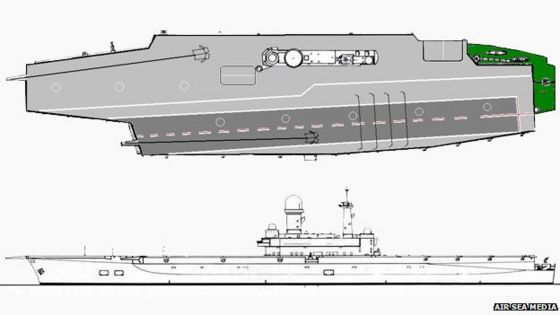Riain
Banned
No I am suggesting something that is pretty much the same dimensions as the Forrestal/Kitty Hawk - at the end of the day - steel is relatively cheap - it's the crew and modern 'fittings' electronics cic etc that are the expensive parts (not to mention the embarked air group) - maybe getting the USN involved is possible but they were looking at the Nimitz class by this point so unlikely unless they went for a 2 tier carrier force (theres an idea).
Support infrastructure is another issue but a new Dock was going to be built for the CVA-01s anyway (IIRC the proposed QE2 dock in Portsmouth) - perhaps it could be built with an eye to also supporting USN carriers (CND protesters not withstanding)?
Well lets make it an option - CVA-01 was gash and everyone knew it - make the decision to build a larger pair of carriers (with an earlier pod if necessary) based on the Kitty Hawk/JFK design and then utilise the Eagle and Victorious with the Sea Vixen / Bucc airgroup until the larger decks are commissioned. Ark Royal is not modernised and sold / scrapped.
By this point Phantom is already worked up in RAF service and FAA flyers can train with them and their USN counterparts - before and during commission.
CVA-01 was going to be 55 Thousand Tons - for another 7 Thousand you can have a Kitty Hawk - if the reason for not building a 'Kitty Hawk' is money - well the same is going to be true of the CVA-01!
The RN did look at the Forrestal/Kittyhawk, that being the minimum for 4 catapults and 4 lifts but decided against it because of British infrastructure. It is no coincidence that the Malta/1952/CVA01 and current QE2 are all about the same size, that is as big as Britain can maintain without exorbitant and otherwise useless dry-dock infrastructure improvements.
Money for the carrier itself wasn't the problem, if it was the 5 million refit of Eagle would have been pursued rather than the 32 million for Ark Royal. Indeed the money spent was formiable; 32 mil for Ark Royal refit, 185 mil for HMS Invincible, development of Sea Harrier, purchase of 28 Sea Harrier and 235 mil for Indomitable. That is enough to fund CVA01 and 02, but the problem was purely political.


_1974.jpg)